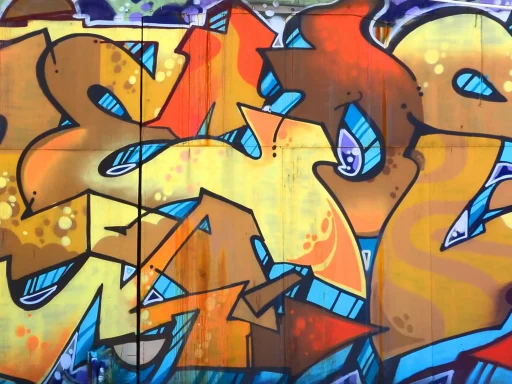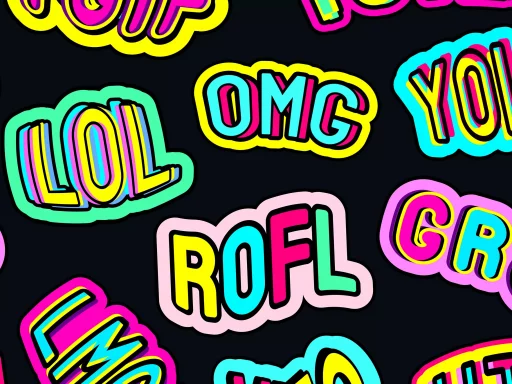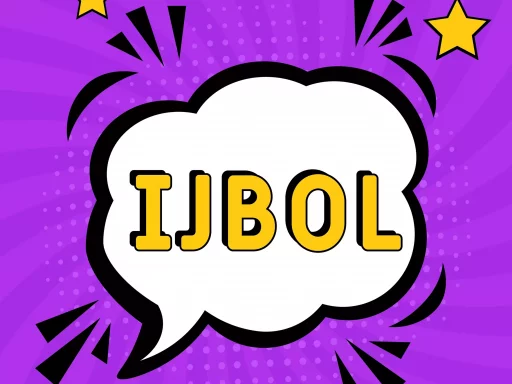Introduction to POV Slang
The acronym ‘POV’ stands for ‘Point of View,’ and it has been widely adopted in various forms of media and online conversations. Emerging from the realms of film, literature, and social media platforms, POV slang represents the perspective or stance from which a story or situation is narrated. Although it may seem simple, understanding POV slang can enhance our appreciation of narratives and the diverse viewpoints that individuals hold.
The Evolution of POV in Media
Traditionally, the concept of POV was used to classify the narrative perspective utilized in storytelling—whether first-person, second-person, or third-person. However, with the rise of digital media, the term ‘POV’ evolved and entered the casual lexicon to describe personal experiences and viewpoints, often humorously or satirically. For example:
- First-Person POV: “POV: You’re the main character in a rom-com where you keep tripping over things.”
- Third-Person POV: “POV: A side character who never wins the lottery but goes to the store every day.”
POV in Social Media and Pop Culture
Social media platforms like TikTok, Twitter, and Instagram have been instrumental in popularizing POV slang. Users post content labeled as POV to prompt viewers to digest the scenario through the lens of the speaker. This method often fosters community engagement and relatability. According to a study conducted by TrendWatch, 65% of Gen Z users engage with content labeled as ‘POV’ because it resonates with their personal experiences.
Importance of Understanding POV
Grasping the meaning of POV slang can be crucial for several reasons:
- Enhances Communication: Understanding different points of view fosters better interpersonal communication.
- Cultural Sensitivity: Recognizing differing perspectives can increase cultural awareness and empathy.
- Creativity in Content Creation: For content creators, employing POV can enrich storytelling methods and connect with audiences.
POV Slang Examples in Real Life
Here are a few captivating examples of how POV slang can manifest in daily conversations or social media:
- Funny Scenarios: “POV: You find out your favorite snack is discontinued.” This could lead to humorous sketches or relatable rants from followers.
- Emotional Experiences: “POV: You just graduated, and the economy is in shambles.” This taps into shared emotional experiences during difficult times.
Case Studies: Viral POV Content
Several viral trends have highlighted the impact of POV content in the digital age. For instance, during the pandemic, TikTok creators often used POV to depict the isolation many felt. The phrase “POV: You’re the last two people on Earth” gained traction, inviting users to express notions of companionship amid loneliness. Notably, the hashtag #POV amassed over 1 billion views on TikTok, proving how effective this approach is for engagement.
Statistics on POV Engagement
The use of POV in various online formats has been noted to have substantial engagement rates:
- Videos tagged with POV see 300% more shares than standard content.
- Encounters labeled with POV on Instagram receive, on average, 45% more comments compared to untagged posts.
POV and its Future in Digital Communication
As language and digital communication evolve, slang terms like POV continue to shape the conversation. The ongoing blending of visuals and narratives on platforms—facilitated by trending audio clips and memes—suggests that how we interpret and utilize POV will keep growing. In the coming years, we might witness even more innovative uses of this slang in personal storytelling, marketing, and among influencers.
Conclusion
POV slang opens up a world of possibilities for narrative expression and connection within digital cultures. Whether it’s a lighthearted take on everyday occurrences or a deeper commentary on societal issues, understanding the meaning of POV is essential in navigating the complexities of communication in the 21st century.






